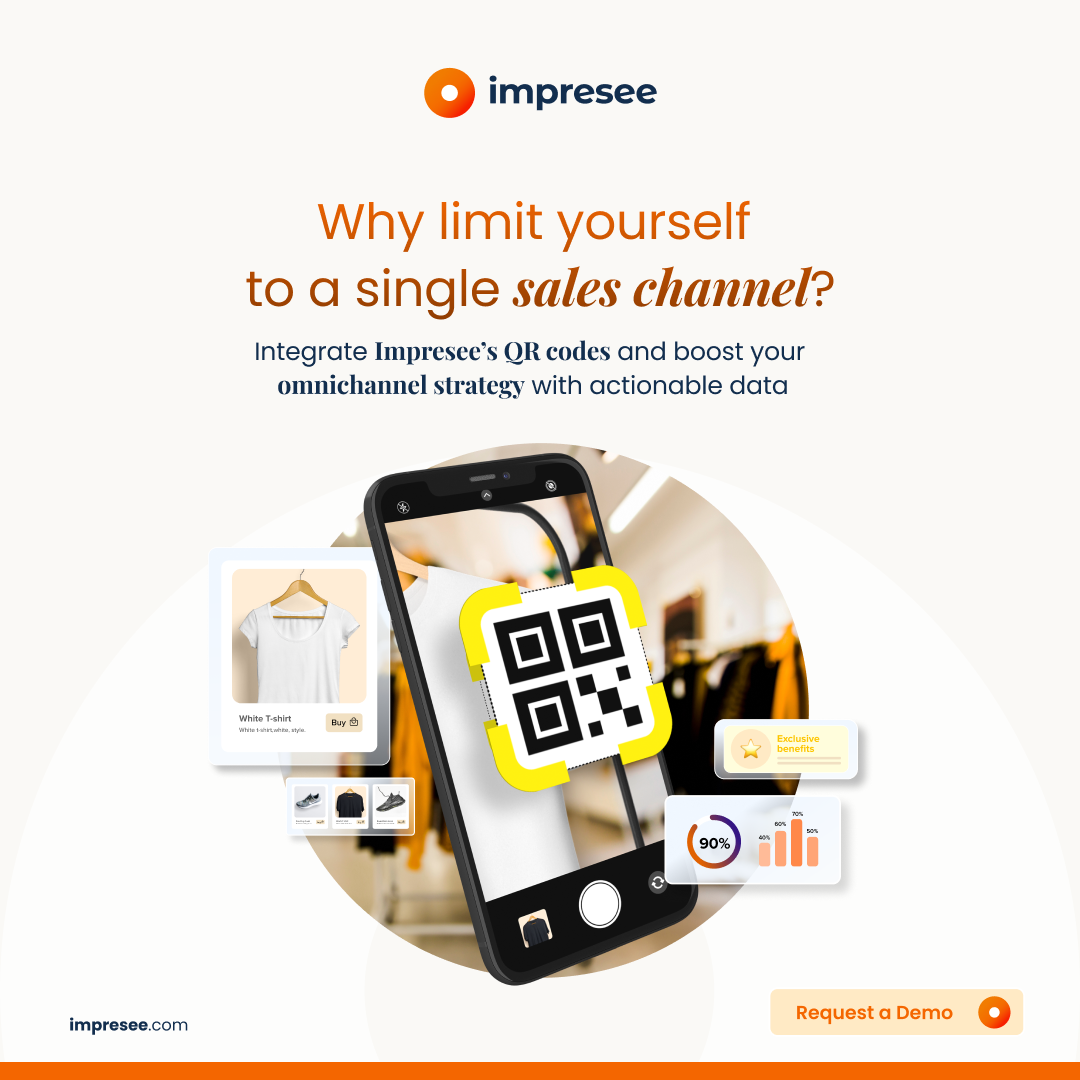(This is a guest post from our friends over at nChannel, an integration platform automates data transactions across multiple endpoint systems like eCommerce, POS, ERP, accounting, and logistic systems)
There’s nothing worse for an eCommerce seller than losing or screwing up an order. One bad experience can turn a customer off from your brand forever – and they’ll be sure to let others know too.
It doesn’t matter what the reason is for the messed-up order – incorrect data, slow order processing or unreliable integration. Without the right processes in place, you’ll spend more of your time fixing errors instead of improving your customer experience.
In this article, learn more about eCommerce automation, its benefits for your business, and how to find the right integration solution.
What is eCommerce Automation?
 Many eCommerce sellers depend on manual data entry to process their online orders, especially when using different systems for order fulfillment. Sellers will hand-key order data from their eCommerce platform into an accounting system, order management system, ERP, POS or 3PL system.
Many eCommerce sellers depend on manual data entry to process their online orders, especially when using different systems for order fulfillment. Sellers will hand-key order data from their eCommerce platform into an accounting system, order management system, ERP, POS or 3PL system.
Passing data through these systems by hand leaves a lot of room for errors. It’s easy to mistype an address, order number, or SKU – which all result in a lost order for a customer. Even when you enter perfect order data, manual data entry is slow. Some companies spend 6+ hours a day manually moving inventory and order data between their systems. That’s why many eCommerce merchants turn to automation. It can do the same amount of work in 10-15 minutes.
eCommerce automation combines the right processes, software and people necessary to automate the entire order fulfillment process, from the time a customer hits the “submit order” button to the delivery of that item on their doorstep. Automation allows for the bidirectional flow of data between your systems to ensure efficiency and accuracy. With automation, your fulfillment processes will begin as soon as someone places an order.
Principales beneficios de la automatización del eCommerce
Let’s take a look at some of the key ways that automation can benefit your eCommerce business.
Eliminate Manual Data Entry
As talked about above, automation eliminates the need for manual data entry between your systems. You won’t need teams of people who spend their entire day entering data. You’ll significantly cut down the time spent on data entry and can free up employees to work on more important tasks.
Keep Your Promises to Customers
 Merchants make promises to their customers every day. You promise to send the right item to their doorstep when you say you will.
Merchants make promises to their customers every day. You promise to send the right item to their doorstep when you say you will.
Without automation, how often do you break those promises? eCommerce automation guarantees that the right data is processed between your systems in a timely manner. When the right information gets to the right places, you can keep your promises with your customers. You’ll be able to offer services like two-day shipping and deliver on-time.
Improve Your Product Information
Besides order and inventory data, automation also helps improve your product information. Online shoppers rely on your listings to accurately describe your products to instill confidence that they’re buying the item they want.
However, rich, accurate product data takes a lot of time for merchants to update in their eCommerce platform. Automation ensures that you have clean and accurate data for all your product listings, especially if you keep product data in your ERP or POS system.
Take on More Complex Business Processes
Beyond your current processes, automation also allows merchants to consider more complex business processes. By extending your capabilities, you can improve your customer experience and operate better as a business. eCommerce automation can help simplify these types of processes:
- Multi-location fulfillment – Fulfill from the cheapest or closest location
- Drop ship – Integrate directly with suppliers to expand product assortment
- Automate returns process – Make returns easy and smooth for customers
- Display on-hand inventory – Allow customers to shop by available inventory and stop overselling
What to Look for in an eCommerce Integration Solution
Once you’ve decided to implement automation, it can be overwhelming to choose the best integration solution for your systems. There are many 3rd-party integration providers like nChannel that help connect retail systems. You’ll have to compare based on functionality and price tags. No matter what you choose though, you’ll want to look for a solution that has this set of core capabilities:
- Ready-to-Go Connectors for Your Systems – Look for providers that already have integration connectors for the systems you own and integrate inventory, order, customer, item, and shipping/tracking data.
- Real-Time Data Sync – Don’t settle for batch syncing that isn’t in real-time, otherwise you’re still at risk for incorrect data when you need it most.
- Actionable Data Insights – Real-time reporting should give you crucial insights to your customers, like when you should move inventory to one location or another.
- Data Validation and Audits – Have confidence in how your data is moving through your systems and that you can find and fix errors, if they come up.
- Support You Can Count On – The faster, more reliable their support team, the faster you can help your own customers.
eCommerce automation is your ticket to a better customer experience. You’ll be able to speed up order processing, keep your promises to customers, and add more complex capabilities that today’s shoppers are looking for.
Learn more about how an integration provider like nChannel helps automate your eCommerce business by connecting your eCommerce platform with your financial systems so you can automate the data transactions between them.
About the author:
 Jillian Hufford is a Marketing Analyst for nChannel, provider of the simplest integration software to automate multichannel processes. Using both her writing and analytic skills, she assists the Marketing and Sales teams. Jillian performs competitor market research, provides analysis of key sales metrics, and writes informative posts on multichannel commerce trends. She holds a BA in Marketing from Otterbein University.
Jillian Hufford is a Marketing Analyst for nChannel, provider of the simplest integration software to automate multichannel processes. Using both her writing and analytic skills, she assists the Marketing and Sales teams. Jillian performs competitor market research, provides analysis of key sales metrics, and writes informative posts on multichannel commerce trends. She holds a BA in Marketing from Otterbein University.


